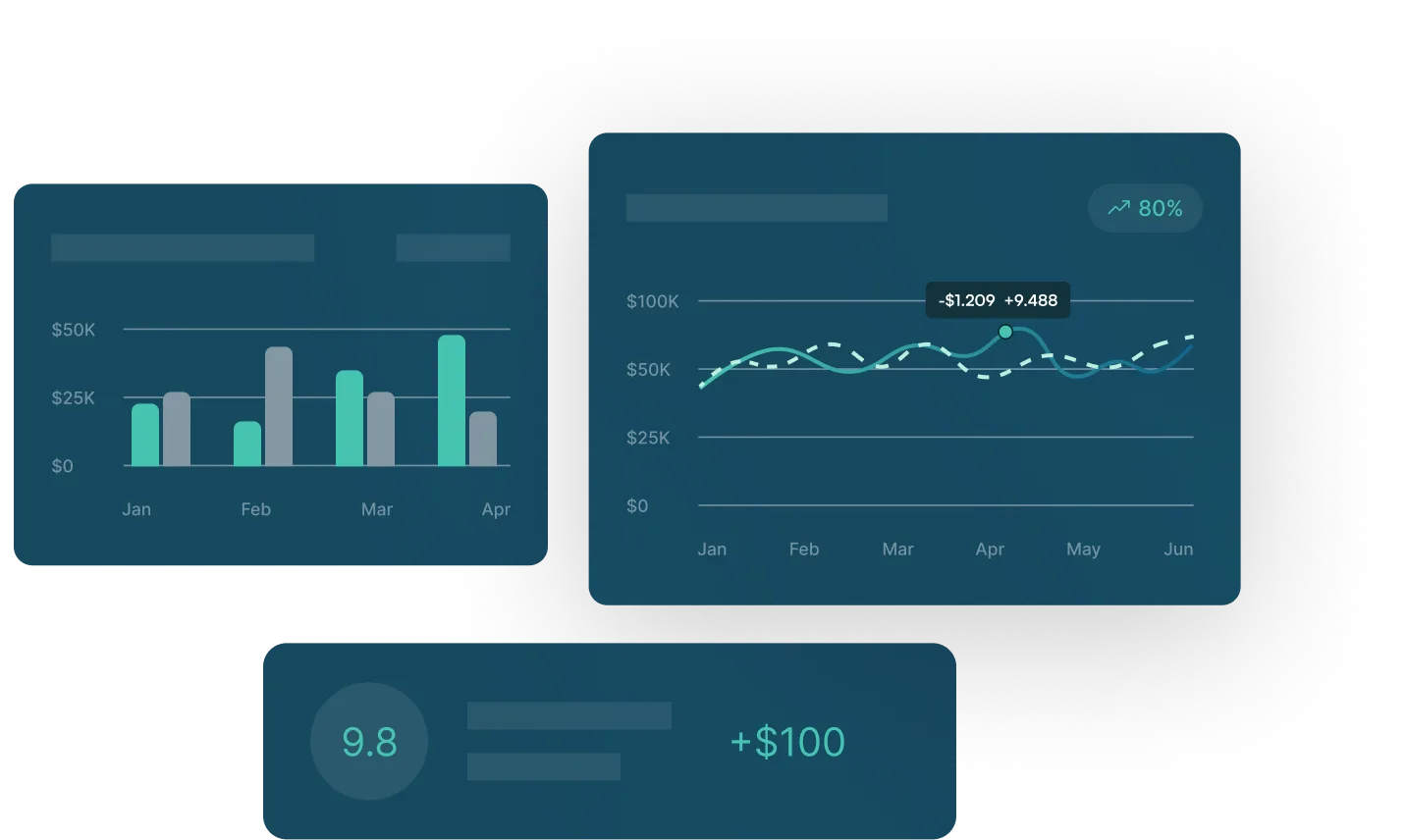How to Overcome 7 Cash Flow Forecasting Challenges


Cash flow forecasting offers a window into the future to help organizations exercise greater control over their cash flows, and businesses should utilize short, medium, and long-term cash forecasting to ensure financial stability. However, various challenges can often hinder accurate cash flow predictions, which can lead to cash shortages and inefficient use of cash surpluses.

Here are seven key challenges associated with cash flow forecasting:
1. Manual Processes
Traditional forecasting with spreadsheets is often labor-intensive and error-prone. Gathering data from multiple sources and manually creating reports can be time-consuming and frustrating. Implementing a system with cash flow forecasting features saves you hours of time and increases financial accuracy, as forecasting in Excel is no longer sustainable for the modern treasurer.
2. Lack of Automation
Without implementing cash flow forecasting software, you’re missing out on the benefits of automation. Automation can streamline routine tasks and enhance liquidity position forecasting by automatically sourcing data from various channels, saving you time on manual processes.
3. Multiple Bank Accounts
Accessing daily bank account balances, especially in global companies with accounts in multiple countries, can be challenging. Cash forecasting software allows you to connect all your bank accounts to a single platform, providing a streamlined, comprehensive view of your balances.
4. No Data Aggregation
Data required for liquidity reports and cash flow forecasts is often located across different systems, such as ERPs or TMS systems. Cash forecasting software can integrate these systems via APIs, ensuring that all necessary data is readily accessible for creating accurate reports. Using a system with a data aggregator allows you to see all your data in a centralized dashboard.
5. Working with Subsidiaries
Collaborating with colleagues across different time zones and relying on physical tokens for bank account access can lead to delays and disruptions. Variations in local currencies and currency volatility can also complicate predictions.
6. Forecast vs. Outcome Analysis
Comparing your actual business outcomes with your cash forecasts refines the accuracy of future cash flow predictions. With cash forecasting software, you can simplify the process of identifying disparities and understanding their causes to further enhance your forecasting strategy. This analysis can help you identify patterns and trends so you can ensure you’re making the best predictions.
7. Selecting the Right Forecasting Method
Identifying the most suitable forecasting methods is a challenge, and it’s essential to tailor your approach to cover the most critical aspects of your organization, whether that’s forecasting for investment activities, operating flows, or cash flow financing. Continuous monitoring and improvement of your reports can be facilitated through software and automation.
Overcoming Cash Flow Forecasting Challenges
To tackle these challenges effectively, consider the following steps:
1. Explore Cash Flow Forecasting Tools
Evaluate vendors that offer cash flow forecasting solutions, thinking about your specific challenges and required features—many of these challenges can be addressed by implementing a treasury and risk management system for your business.
2. Enhance Internal Communication
If you decide to continue using spreadsheets, ensure your team and subsidiaries understand the logic behind your forecasts by effectively documenting them. This reporting and documentation can help you build a case for the need for a TRMS in the future, as well.
In conclusion, addressing the challenges of cash flow forecasting is vital for maintaining financial stability and control. Embracing advanced software solutions can help businesses overcome these hurdles and make more accurate predictions for a prosperous financial future. Schedule a demo with GTreasury to learn about how our cash flow forecasting solutions can support your business.
How to Overcome 7 Cash Flow Forecasting Challenges
Cash flow forecasting offers a window into the future to help organizations exercise greater control over their cash flows, and businesses should utilize short, medium, and long-term cash forecasting to ensure financial stability. However, various challenges can often hinder accurate cash flow predictions, which can lead to cash shortages and inefficient use of cash surpluses.

Here are seven key challenges associated with cash flow forecasting:
1. Manual Processes
Traditional forecasting with spreadsheets is often labor-intensive and error-prone. Gathering data from multiple sources and manually creating reports can be time-consuming and frustrating. Implementing a system with cash flow forecasting features saves you hours of time and increases financial accuracy, as forecasting in Excel is no longer sustainable for the modern treasurer.
2. Lack of Automation
Without implementing cash flow forecasting software, you’re missing out on the benefits of automation. Automation can streamline routine tasks and enhance liquidity position forecasting by automatically sourcing data from various channels, saving you time on manual processes.
3. Multiple Bank Accounts
Accessing daily bank account balances, especially in global companies with accounts in multiple countries, can be challenging. Cash forecasting software allows you to connect all your bank accounts to a single platform, providing a streamlined, comprehensive view of your balances.
4. No Data Aggregation
Data required for liquidity reports and cash flow forecasts is often located across different systems, such as ERPs or TMS systems. Cash forecasting software can integrate these systems via APIs, ensuring that all necessary data is readily accessible for creating accurate reports. Using a system with a data aggregator allows you to see all your data in a centralized dashboard.
5. Working with Subsidiaries
Collaborating with colleagues across different time zones and relying on physical tokens for bank account access can lead to delays and disruptions. Variations in local currencies and currency volatility can also complicate predictions.
6. Forecast vs. Outcome Analysis
Comparing your actual business outcomes with your cash forecasts refines the accuracy of future cash flow predictions. With cash forecasting software, you can simplify the process of identifying disparities and understanding their causes to further enhance your forecasting strategy. This analysis can help you identify patterns and trends so you can ensure you’re making the best predictions.
7. Selecting the Right Forecasting Method
Identifying the most suitable forecasting methods is a challenge, and it’s essential to tailor your approach to cover the most critical aspects of your organization, whether that’s forecasting for investment activities, operating flows, or cash flow financing. Continuous monitoring and improvement of your reports can be facilitated through software and automation.
Overcoming Cash Flow Forecasting Challenges
To tackle these challenges effectively, consider the following steps:
1. Explore Cash Flow Forecasting Tools
Evaluate vendors that offer cash flow forecasting solutions, thinking about your specific challenges and required features—many of these challenges can be addressed by implementing a treasury and risk management system for your business.
2. Enhance Internal Communication
If you decide to continue using spreadsheets, ensure your team and subsidiaries understand the logic behind your forecasts by effectively documenting them. This reporting and documentation can help you build a case for the need for a TRMS in the future, as well.
In conclusion, addressing the challenges of cash flow forecasting is vital for maintaining financial stability and control. Embracing advanced software solutions can help businesses overcome these hurdles and make more accurate predictions for a prosperous financial future. Schedule a demo with GTreasury to learn about how our cash flow forecasting solutions can support your business.

See GTreasury in Action
Get connected with supportive experts, comprehensive solutions, and untapped possibility today.































.jpg)
.png)


























.png)




.jpeg)

.jpeg)











.jpeg)


.jpeg)






.jpeg)


.jpeg)









.jpeg)
















.jpg)




